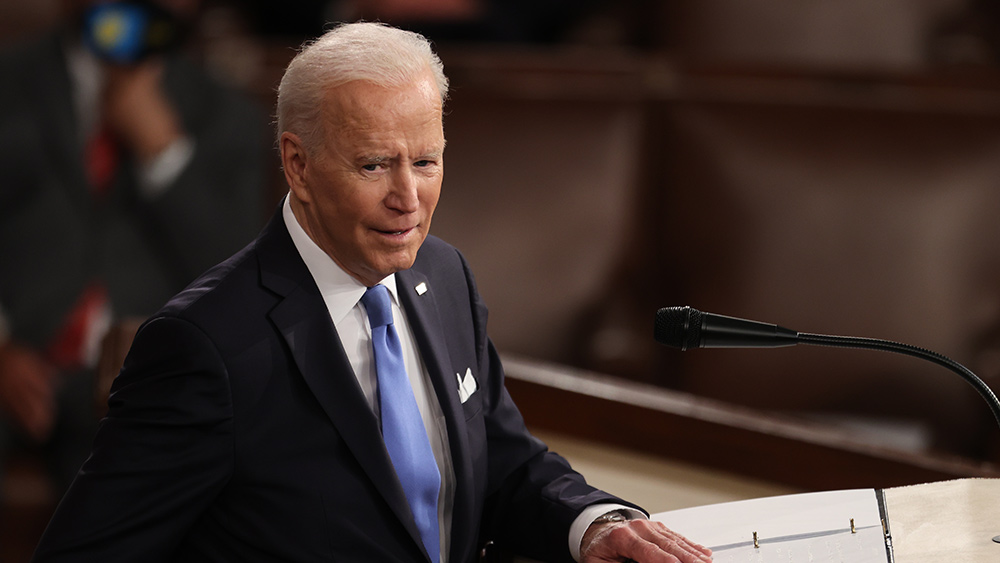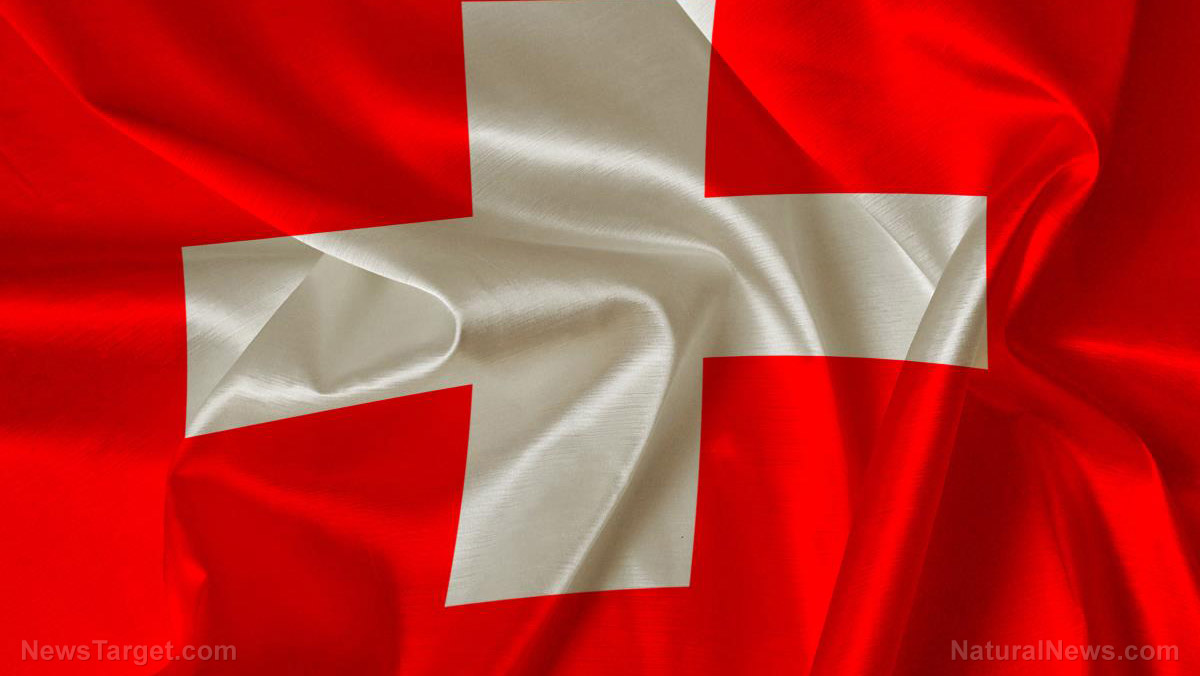Airlines Raised $$$-Billions via Frequent Flier Programs. Delta alone Raised $9 billion via SkyMiles as Collateral. How?
by Wolf Richter, Wolf Street:
 “You’re the Collateral.” Separating the assets (including you) from the liabilities (your miles), and pledging the assets.
“You’re the Collateral.” Separating the assets (including you) from the liabilities (your miles), and pledging the assets.
Airlines, in their mad scramble to pile up enough cash to survive the ongoing collapse in air passenger travel, have resorted to every imaginable way of raising cash: issuing shares, shanghaiing taxpayers into giving them $25 billion, issuing bonds, borrowing from banks, selling their planes for cash and leasing them back, and what not. The biggest single way of raising cash has become borrowing by pledging their frequent flier programs as collateral.
And yes, dear member of a frequent flyer program, you guessed it, that collateral is you. Not you in flesh-and-blood – though airlines would resort to that too if they could figure out how – but everything around you, the huge body of personal and marketing data that frequent flier programs amass, and you as a marketing target for Corporate America, such as purveyors of credit cards for which you are a high-value target.
Airlines have been making tons of money on their loyalty programs – by marketing your data and access to you to other companies. These programs have value. At least one of these loyalty programs is publicly traded: Smiles Fidelidade SA which trades as SMLS3 on the Novo Mercado in Brazil and has been profitable for years. It houses the loyalty program of the Brazilian low-cost GOL Airlines.
Delta Air Lines, United Airlines, and American Airlines have all done multi-billion-dollar deals, using their loyalty programs as collateral. So we are going to look at Delta, and what it did to raise $9 billion by using its SkyMiles program as collateral.
To pull this off, Delta set up a complicated structure, involving new corporate entities, including a Delta subsidiary called SkyMiles IP (SMIP), incorporated in the Cayman Islands, plus Special Purpose Vehicles (SPVs), and a series of HoldCos. The cash raised from bond investors and banks got shuffled through this structure via intercompany loans. All this is spelled out in the 154-page term loan agreement.
The liabilities of the SkyMiles loyalty program.
The first thing to know about these programs is that the actual miles earned by frequent fliers are a liability – something that the airline owes its customers.
In Delta’s case, this liability is called, “Loyalty program deferred revenue.” The travel miles earned and redeemed are given a value in dollars. In Q3, this liability rose to $7.1 billion, from $6.7 billion in Q3 last year, according to Delta’s quarterly 10-Q filing. Members can redeem these miles and use them as “currency,” as Delta calls it, to buy tickets, upgrades to existing tickets, or products from marketing partners.
The liability for Q3 came about this way: Balance of the liability on January 1 ($6.73 billion), plus travel miles earned so far this year (+ $1.13 billion), minus travel miles redeemed (-$731 million), minus non-travel miles redeemed (-$40 million) = new balance $7.1 billion.
But this liability is obviously not what Delta pledged as collateral.
Here’s the income.
Income generated by SkyMiles comes from marketing programs with other companies. For the first nine months of 2020, this amounted to $2.9 billion, and is recorded on the income statement, in two revenue categories:
- Under “passenger revenue”: $731 million
- Under “other revenue”: $2.17 billion.
American Express is Delta’s biggest partner in that program with “co-branded credit card relationships,” particularly the Delta SkyMiles American Express Card. A new credit-card customer has a high lifetime value for American Express, and it’s willing to pay to get access to SkyMiles members and their data. So that’s the money-making part of the SkyMiles program.
The $9 billion package.
When Delta started the process of raising money backed by SkyMiles as collateral, there was so much demand that Delta upsized the originally floated amount of the package ($6.5 billion) to $9 billion, according to Delta’s September 17 SEC filing. The $9 billion package is composed of three elements:
- $3 billion term loan from a consortium of banks (we’ll get into the weeds of this in a moment);
- $2.5 billion in senior secured five-year notes with a coupon of 4.5%;
- $3.5 billion in senior secured eight-year notes with a coupon of 4.75%.
Delta has a credit rating of “BB” (junk). But the yields in the 4.75%-range are just so tempting amid the Fed’s yield repression – hence the huge demand. And there is always the notion that the government will not let Delta fail and file for bankruptcy.
Borrowers, guarantors, and fund flows.
The borrowers listed in the term loan agreement are these entities (IP = Intellectual Property):
- SkyMiles IP Ltd. (SMIP, the new entity set up in the Cayman Islands
- Delta Air Lines and Loyalty Co.
The guarantors listed in the agreement are direct and indirect subsidiaries of Delta, all created for this purpose in the Cayman Islands:
- Skymiles Holdings Ltd.
- Skymiles IP Holdings Ltd.
- Skymiles IP Finance Ltd.
The lenders are a consortium of banks with Barclays Bank as administrative agent and US Bank National as the “Collateral Administrator.” They will likely package the loan into a collateralized loan obligation (CLO) and sell it to investors, or they will sell the loan itself to investors.
Just for a flair of the complexity of this deal: After covering fees, transaction costs, and expenses, the remainder of the proceeds from the $3 billion loan will be deposited in the “Reserve Account” and in the “Collection Account.” From “Collection Account,” Loyalty Co will send the funds to HoldCo 3 which will send them to HoldCo 2 which will send it to Delta via a “Delta Intercompany Loan.”
You’re the collateral.
The $9 billion in SkyHigh Debt, I mean, “SkyMiles Debt,” as Delta calls it, is secured by a first-priority security interest, according to the 10-Q, in:
- “Certain of our co-branding, partnering or similar agreements relating to the SkyMiles program (including all payments thereunder),
- “Rights under certain intercompany agreements relating to the SkyMiles program,
- “Certain rights under our SkyMiles program,
- “Certain deposit accounts that receive revenue under our SkyMiles agreements,
- “The equity of SMIP [SkyMiles IP] and substantially all other assets of SMIP and SMIF.
The term loan agreement lists what is included in the “collateral”: the assets and properties of the three Guarantors (Skymiles Holdings Ltd., Skymiles IP Holdings Ltd., and Skymiles IP Finance Ltd.).
This “IP” is the intellectual property associated with SkyMiles, including SkyMiles member profile data, such as name, mailing address, email address, phone numbers, communication and promotion opt-ins, payment-related information, customer flight-related experience, total miles balance, third party engagement history, accrual and redemption activity of travel miles, member status (Medallion, Gold Medallion, etc.), and SkyMiles account number.


